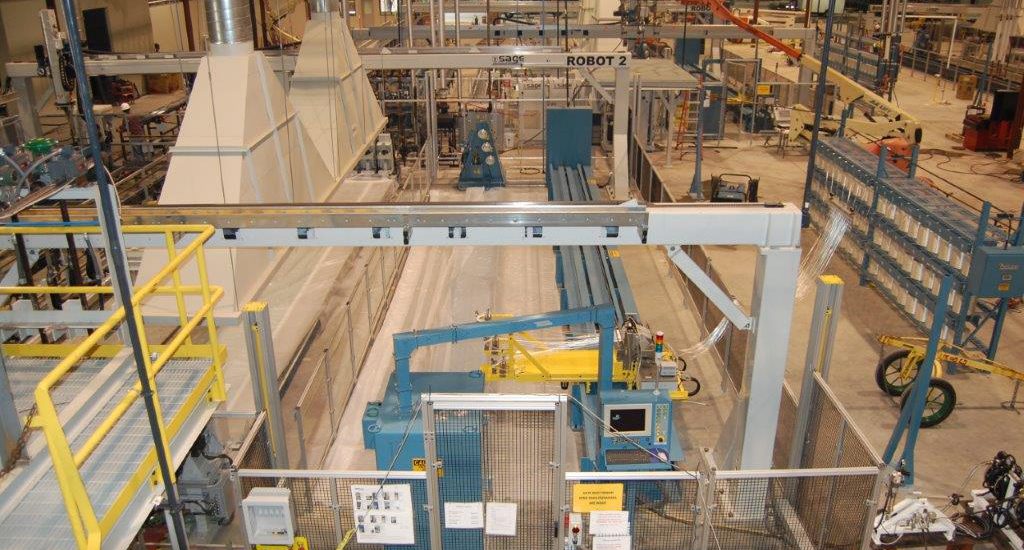- January 23, 2019
- Posted by: David Marshall
- Category: Innovation, Manufacturing

When we redesigned and refurbished an old fiberglass liner factory, one of my big concerns was worker safety. We had seen a lot of injuries in the plant over the years, and it was not a clean factory to begin with. We wanted something that was cleaner, could operate with fewer associates, and had more automation so we could be more productive while being safer. We wanted to avoid things like back injuries from lifting liners and tubulars that were too heavy.
We conducted several hazardous and operability studies of both the facility and the equipment during the design process. And we made sure there were an awful lot of safety functions designed into the equipment. Generally speaking, if a safety feature failed, it was because a less-than-competent or conscientious vendor was involved in the process.
 As we were going through the refurbishment process, I did fire three fairly major vendors of ours and went in search of replacements over a number of different issues like bad recommendations or seriously-wrong information.
As we were going through the refurbishment process, I did fire three fairly major vendors of ours and went in search of replacements over a number of different issues like bad recommendations or seriously-wrong information.
One vendor had recommend we use acetone as a cleaning agent for resin residue. We very quickly discovered that acetone is highly flammable, particularly the gases, when there’s static electricity present. We discovered it when we had a resin spill that someone cleaned up with acetone. It was in the winter when it’s pretty dry and a fair amount of static electricity is in the air. Some static sparked the fumes and there was instant combustion. It was very quickly put out, and nobody was hurt.
I realized their solution wasn’t going to work, because they were more interested in finding a way we could safely use acetone. The actual answer lay in controlling the waste resin, which this vendor was not interested in or capable of doing. So we fired them and found someone who could help us prevent the problem rather than risk someone’s life cleaning it up.
Another vendor had actually done a great job in selling us on induction heating for part of the curing process of the fiberglass liners. It looked, sounded, and smelled like a great plan until we actually went to our utility provider and told them what we were thinking.
They told us that because the electrical system relied on direct current and not alternating current, the electricity consumption would have increased by a factor of five. In other words, instead of $1,000 per month in utility costs, it would have cost us $5,000 a month. The vendor had made no mention of this little downside, and it was a serious problem with the viability and affordability of their system. So we found someone who had a system that used steam curing, which cost much less to operate and still got the job done.
Bottom line, we learned that sometimes you have to solve a problem by coming at it from a different angle. Rather than figuring out how to clean resin residue, we figured out how to prevent it from happening. Rather than figuring out how to cut costs on an induction heating method, we looked at a whole different method that cost much less to operate.
I’ve been a manufacturing executive, as well as a sales and marketing professional, for a few decades. Now I help companies turn around their own business, as well as speak at conferences, trade shows, and chambers of commerce. If you would like more information, please visit my website and connect with me on Twitter or LinkedIn.

